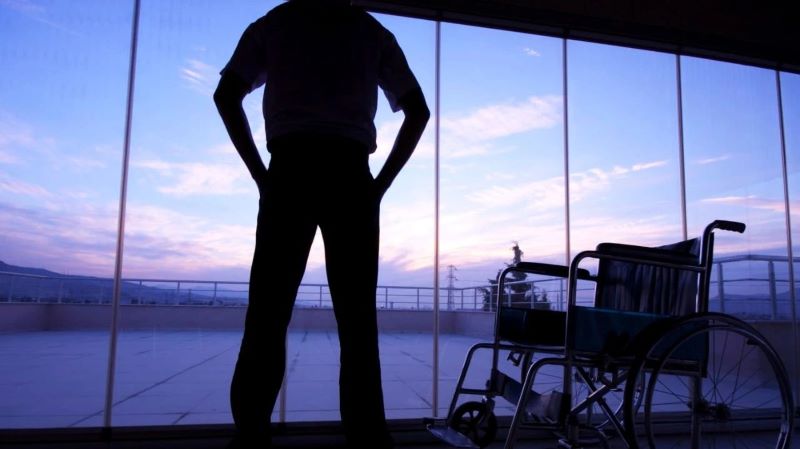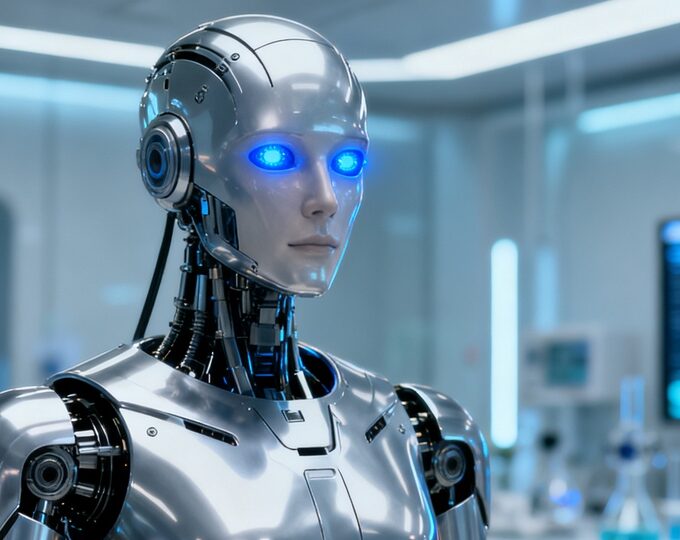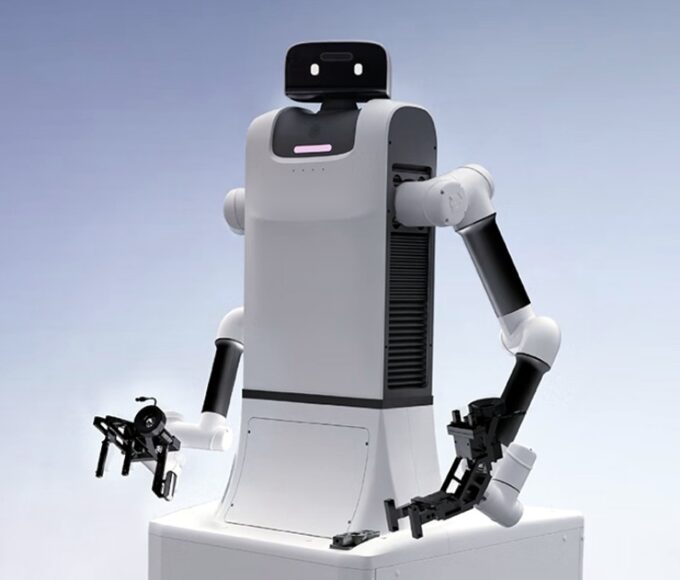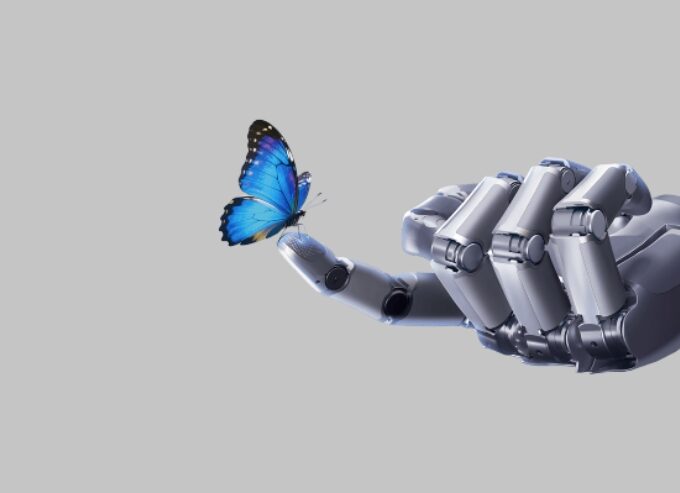The Swiss NeuroRestore team has developed an advanced system that can seamlessly combine implantable spinal cord neural prostheses with rehabilitation robots, stimulating muscles by sending precise electrical pulses, and coordinating with the robot’s movements to produce natural and effective muscle activity during treatment. This technology uses the achievements of the Federal Institute of Technology in Lausanne in the field of robotics to enhance patients’ immediate mobility and promote long-term rehabilitation effects. The research results were published in the latest issue of Science Robotics.
Technological Background
In recent years, the problem of mobility disorders caused by spinal cord injuries has received increasing attention from society. Traditional rehabilitation treatments often rely on simple motion guidance devices, which are difficult to effectively stimulate and retrain the damaged nervous system. Because of the lack of active muscle participation, it is difficult to effectively retrain the nervous system with robot assistance alone.
The Swiss NeuroRestore team has developed a revolutionary treatment system by combining the latest research results of the Federal Institute of Technology in Lausanne in the field of robotics. Using spinal cord prostheses that can send precise electrical pulses and rehabilitation robots, patients can achieve more natural and effective muscle activity during treatment. The latest combined therapy seamlessly integrates spinal cord stimulation with rehabilitation robotics and is expected to become part of standard care and be incorporated into existing rehabilitation programs around the world.
Working Principle
The core innovation of the research team lies in how to precisely synchronize spinal cord stimulation with robotic rehabilitation devices. Spinal cord stimulation strategies must be precisely adjusted in space and time to match every movement of the patient, and combining them with widely used robotic rehabilitation systems requires a flexible and adaptable technical framework to ensure efficient synergy between different treatment methods.
The new technology uses a fully implanted spinal cord stimulator that can provide biomimetic electrical epidural stimulation that mimics natural neural signals. This approach is completely different from traditional functional electrical stimulation and activates motor neurons in a more effective way, thus providing a new option for patient rehabilitation.
Integration with Multiple Devices
The NeuroRestore team successfully combined electrical stimulation technology with a variety of rehabilitation robotic devices (such as treadmills, exoskeletons and stationary bicycles) to achieve optimal coordination between stimulation and each stage of movement. The system monitors limb movement in real-time through built-in wireless sensors and automatically adjusts the intensity of stimulation, thus providing users with a seamless experience process, allowing patients to fully integrate into the treatment process during exercise and enjoy a seamless rehabilitation experience.

In a proof-of-concept study involving five patients with spinal cord injuries, the combination of robotics and electrical epidural stimulation not only activated the patient’s muscles immediately, but also retained a certain degree of autonomous movement after the treatment. Participants not only recovered muscle activity during the auxiliary treatment, but in some cases, even after the stimulation stopped, they showed improved autonomous movement. This research result shows the great potential of this therapy outside the clinical environment. With the help of participants, they were able to perform more daily activities in life, such as walking and outdoor cycling, further verifying the positive effects of this technology in real life.
Redefining the Way to Recover Activities After Paralysis
This combination of neural prosthesis and rehabilitation robot may redefine the way to recover activities after paralysis, and completely change the life limitations caused by limb injury. By combining spinal cord prostheses with rehabilitation robots, we not only see the power of technology, but also hope to help more patients get out of pain and regain hope in life. In the future, this innovative therapy is expected to become a global standard of care and be integrated into existing rehabilitation programs, allowing more and more patients to benefit from this technological advancement. The NeuroRestore team’s achievement has brought hope to countless patients suffering from spinal cord injuries and opened a new era of medical care for us.












